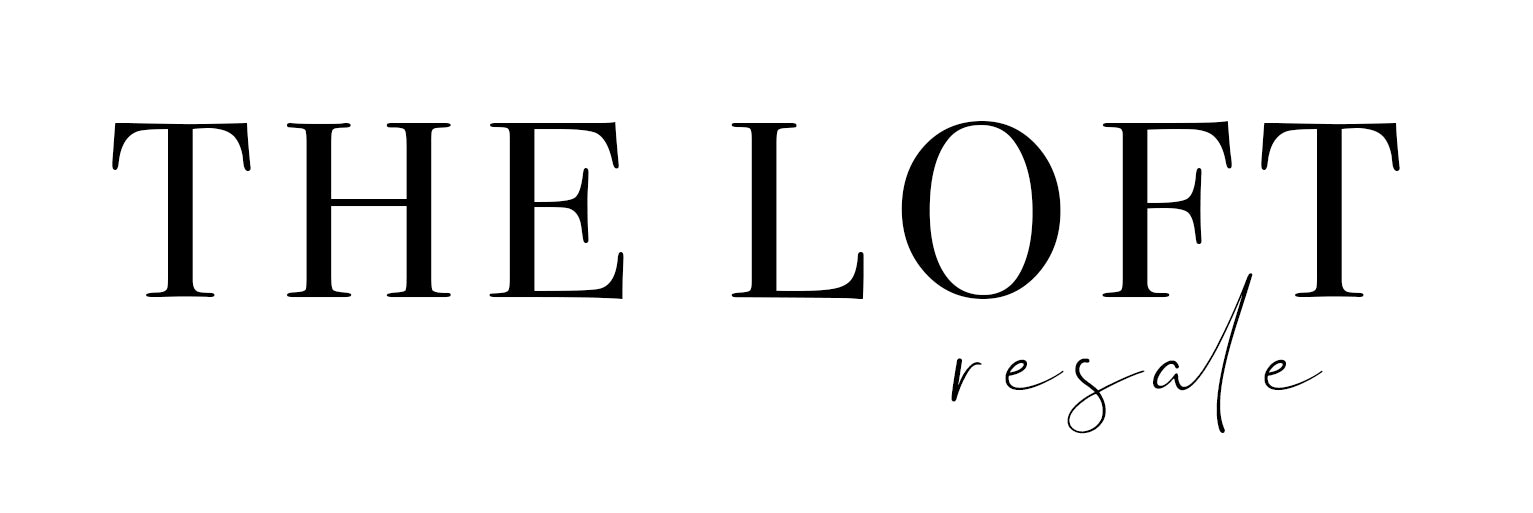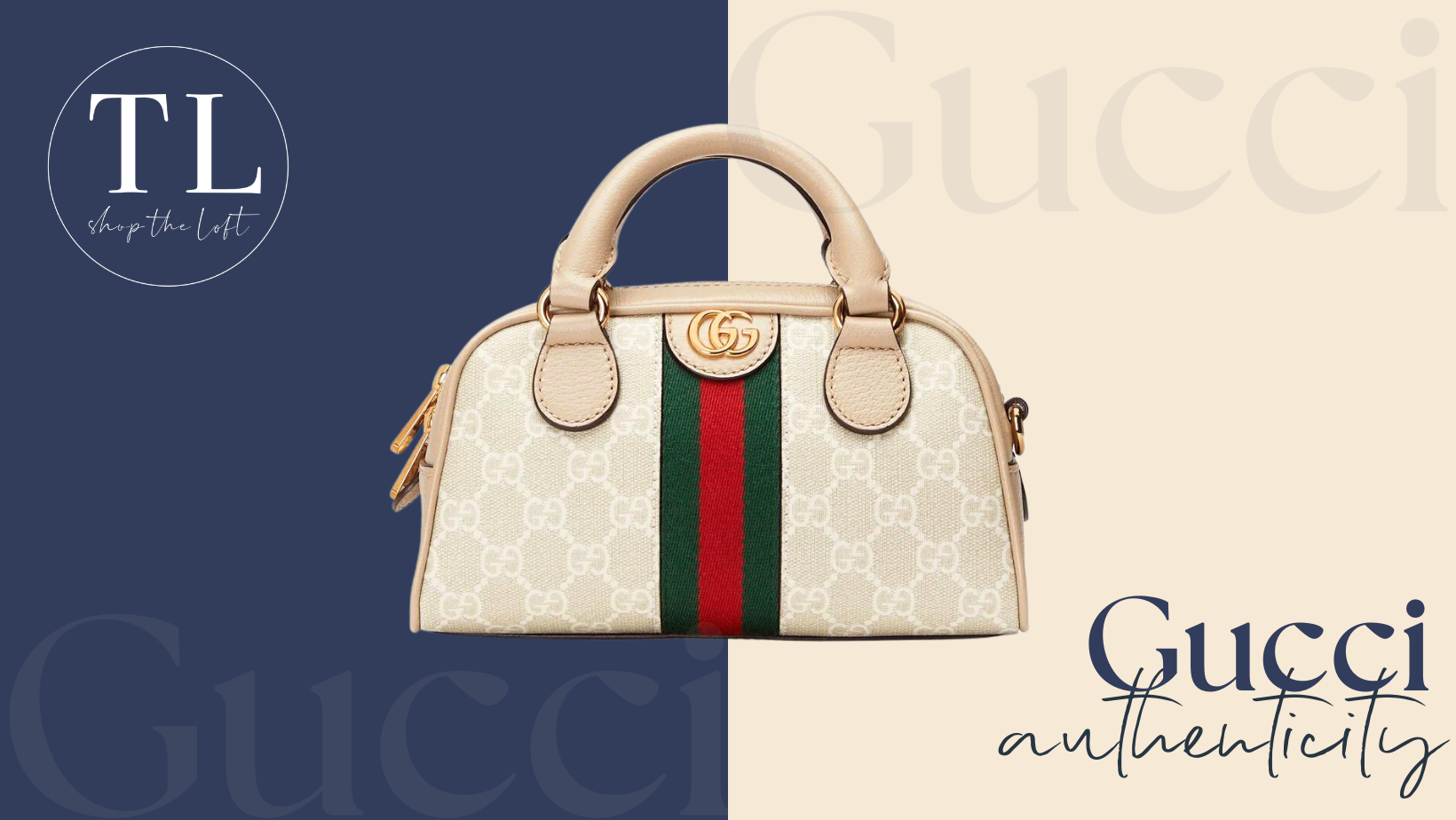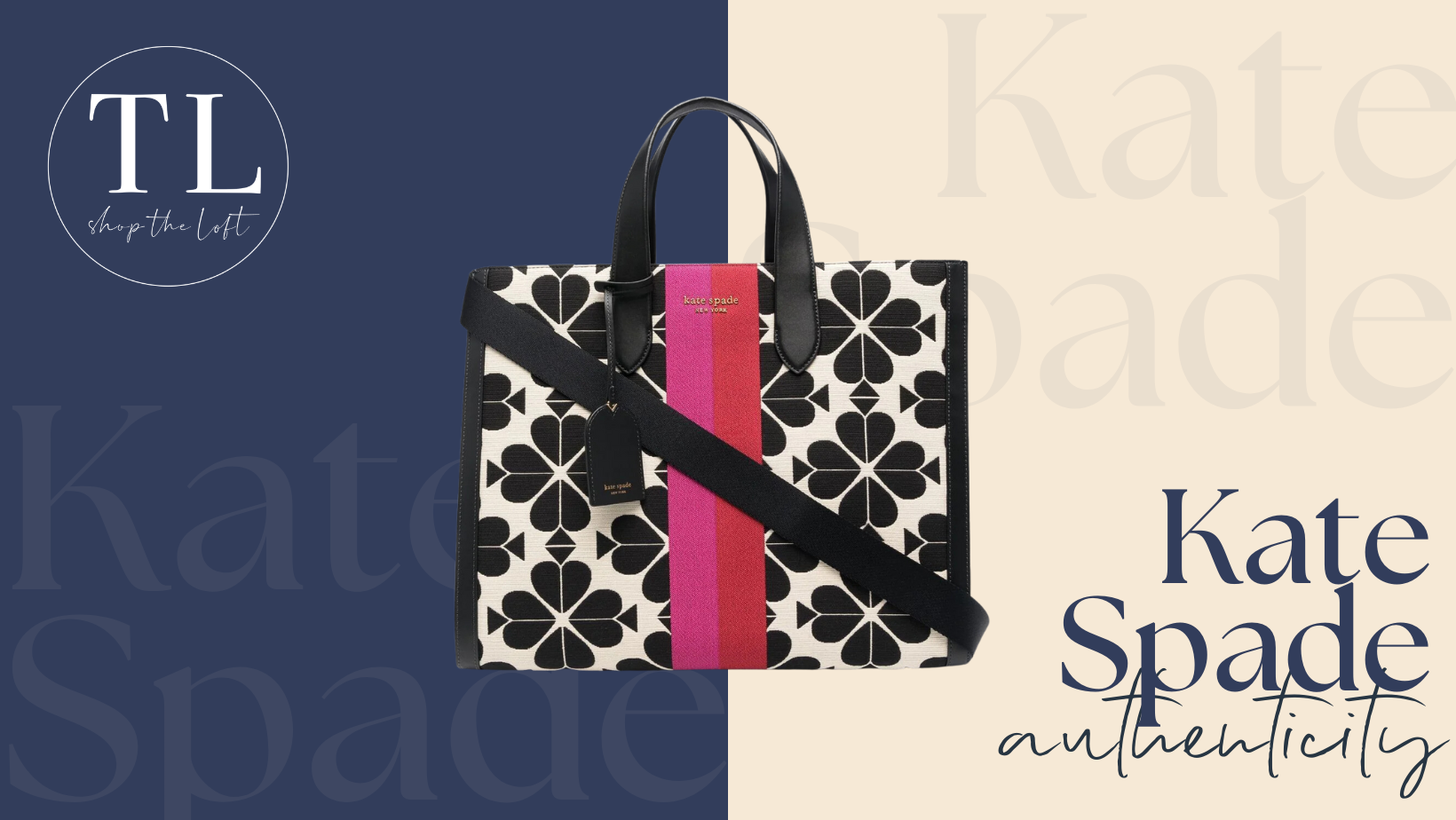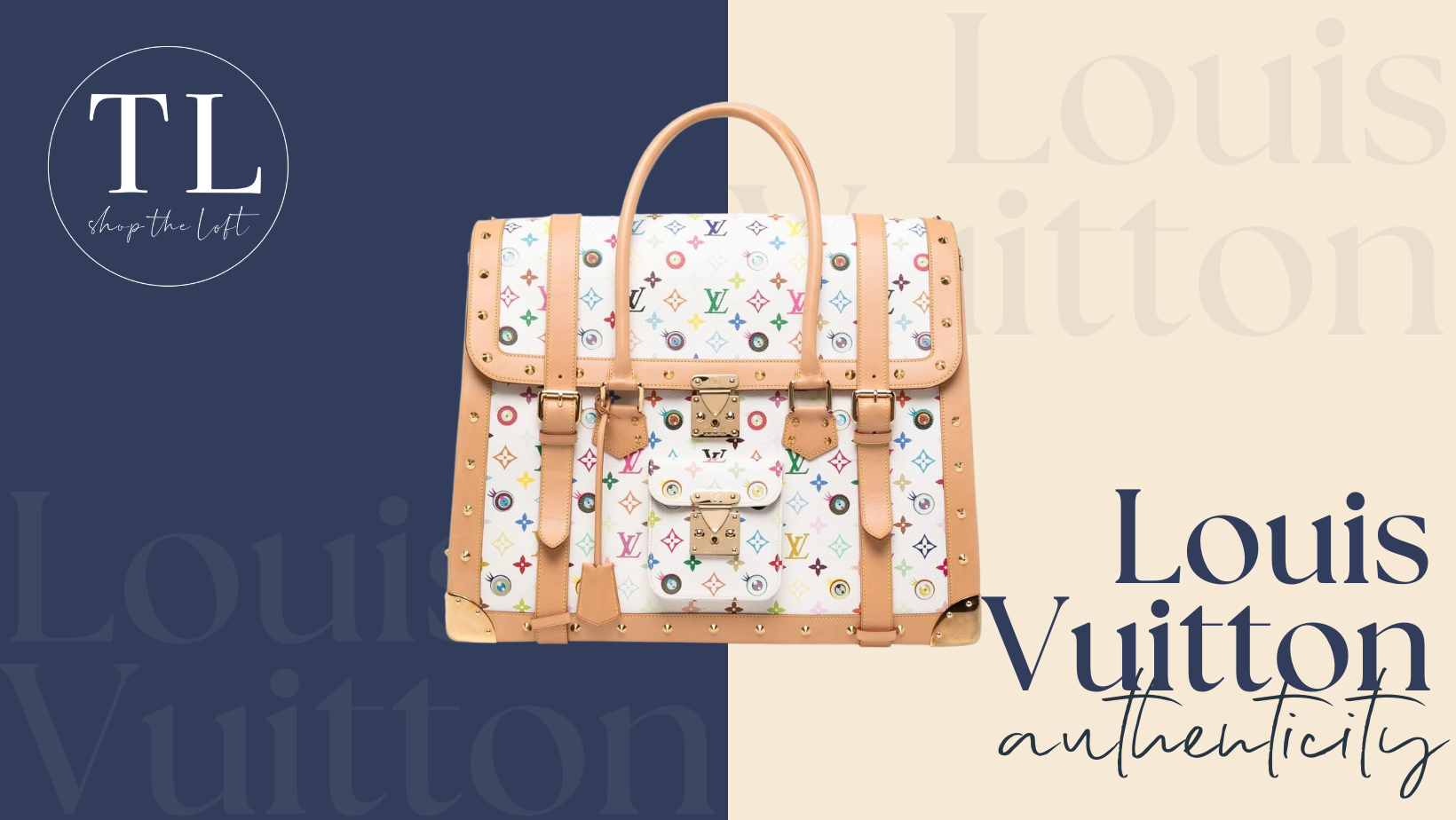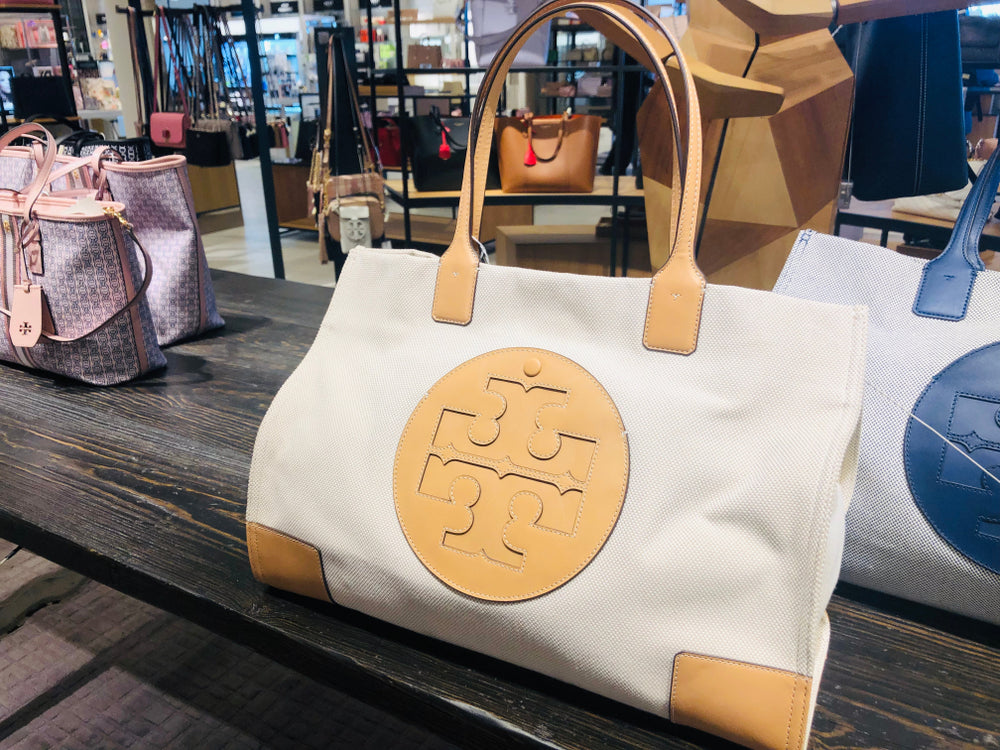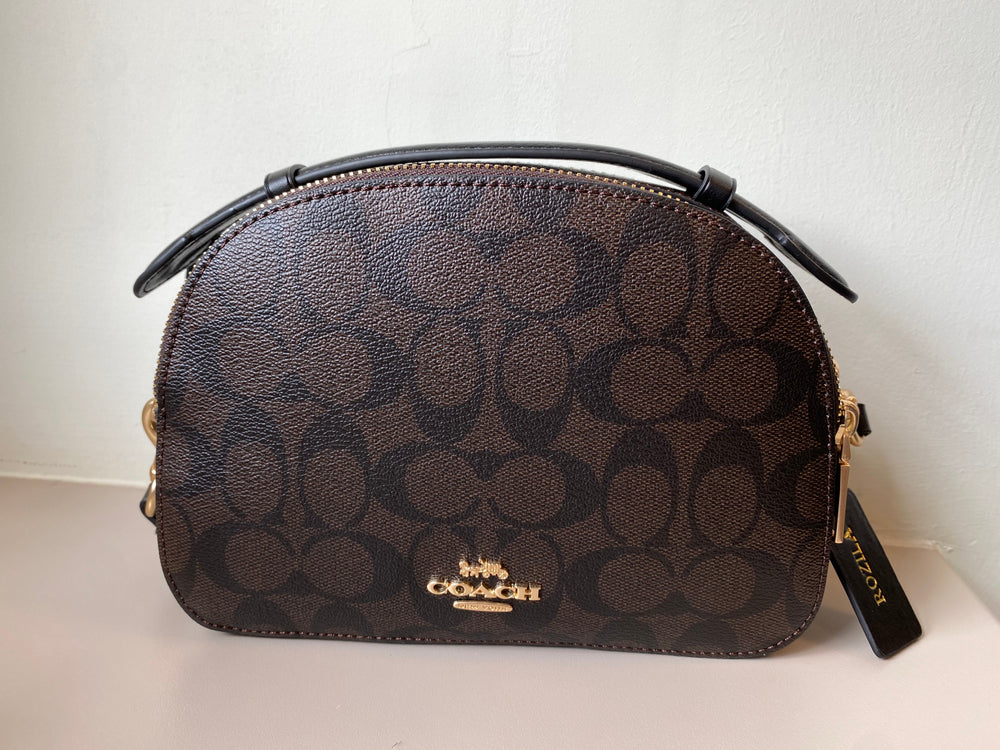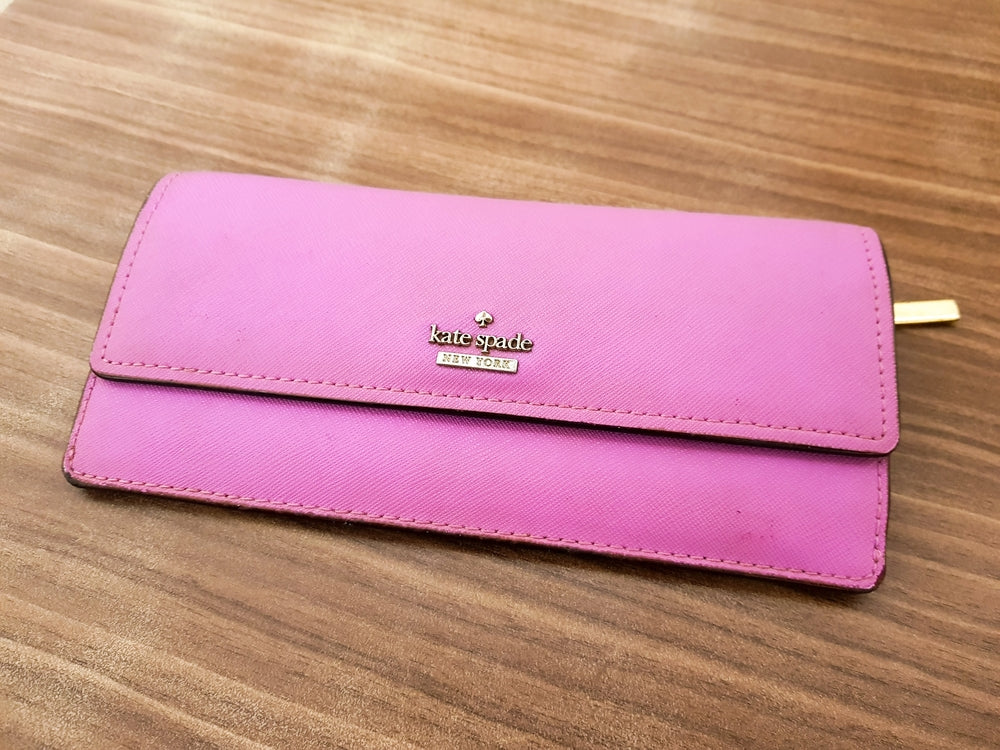Gucci Authenticity
Gucci - the pinnacle of luxury fashion. Ever since its establishment in 1921 by Guccio Gucci, this Italian fashion house has epitomized timeless design and unparalleled craftsmanship. With its iconic interlocking G logo and motifs, Gucci has emerged as a dominant force in the fashion industry.
Gucci's excellence in the fashion industry has been repeatedly acknowledged through prestigious awards. Notably, the brand was granted the esteemed "Brand of the Year" title at the Fashion Awards in 2018, further solidifying its unrivaled impact and influence on the fashion landscape. This distinguished recognition underscores Gucci's position as a trailblazing brand that continually pushes boundaries and redefines luxury fashion.
However, with the rise in demand for Gucci pieces, counterfeit pieces have become increasingly prevalent. Thus, developing a discerning eye for authentication becomes crucial to ensure that you're investing in genuine Gucci pieces. This article will help you discover some key factors in Authenticating Gucci pieces.
Logo and Branding: Decoding the Gucci Emblem
The interlocked double G's stand as some of the most recognized symbols in the fashion world. Yet, it's essential to familiarize yourself with the different iterations of the Gucci logo to verify authenticity. For instance, the modern font featuring "Gucci" has recently been used.
Pay attention to consistent branding, both inside and outside the pieces. Any misspellings or incorrect markings should raise a red flag for potential counterfeits.
Hardware: Unveiling Gucci's Attention to Detail
Gucci's meticulous attention to detail is beautifully showcased in its hardware, serving as a hallmark of authentic Gucci merchandise. Over the years, the brand's hardware quality has evolved, transitioning from brass with a gold finish in the 1980s to silver-toned hardware in the 1990s. More recent pieces incorporate palladium.
When examining the hardware, look for uniformity in the finish throughout the piece, ensuring that the brand logo is stamped on every component. Authentic Gucci hardware should exude a substantial, sturdy feel rather than a flimsy or lightweight one.
Stitching: The Artistry of Impeccable Seams
Impeccable stitching is a distinguishing characteristic of Gucci pieces, making it easier to identify higher-quality pieces. Gucci utilizes specialized sewing machines to achieve the utmost precision in the stitch pattern.
Expect to find around six to seven stitches per centimeter on an authentic Gucci piece. Ensure the stitch density remains uniform throughout, and pay attention to details like stitch tightness, thread color, and alignment.
Leather: Luxurious Quality Unveiled
Gucci's reputation for top-quality leather is well-established, with the fashion house often employing exotic skins such as calfskin, lambskin, and python.
When inspecting a Gucci leather piece, the leather should feel supple and smooth, without any scratches or marks. Genuine Gucci leather exhibits an even and uniform grain throughout. Also, there should be no visible defects, and the leather should exude a luxurious feel.
Canvas: The Timeless Appeal of Gucci Patterns
Canvas is another frequently used material in Gucci pieces, exemplified by the GG monogram canvas from the 1970s and the GG logo pattern with "Gucci."
Authentic Gucci canvas pieces should possess a sturdy texture, free from any damage or cracks, with consistent patterns throughout the piece.
Serial Numbers, Holographic Tags, RFID Technology: Unlocking the Clue to Authenticity
Gucci takes the issue of counterfeiting seriously and employs advanced security measures to protect its brand and ensure the authenticity of its pieces.
Most genuine Gucci pieces bear a unique serial number, which can be vital to determining their legitimacy. The serial number tag is typically located inside the piece and should match the one on the original packaging or authenticity card provided at the time of purchase.
Holographic tags are small, reflective labels that are affixed to Gucci pieces. These tags contain intricate holographic patterns that are difficult to replicate, making them an effective deterrent against counterfeiters. The holographic tags often feature the Gucci logo or other unique designs, adding a layer of authentication and visual appeal. When tilting or moving the tag, the holographic patterns shift and change, creating a distinctive effect that is challenging to replicate accurately. These tags are typically placed in discreet locations on the piece, such as the interior lining or a hidden pocket, further ensuring their authenticity.
On the other hand, RFID technology involves using small electronic tags or chips embedded within Gucci pieces. These tags contain unique identification information that RFID scanners can read. The RFID tags Gucci uses are typically discreet and concealed within the piece, ensuring they do not interfere with the overall design or aesthetics. These tags are not easily removable or tampered with, providing an added layer of security.
It is important to note that the specific implementation and design of holographic tags and RFID technology may vary across different Gucci pieces and collections. The brand continuously innovates and updates its security measures to stay ahead of counterfeiters, ensuring customers can confidently identify and purchase authentic Gucci pieces.
As you embark on your Gucci journey armed with the knowledge of authentication and a deep appreciation for Gucci's exceptional craftsmanship, confidently embrace the allure of this iconic brand. Elevate your style and indulge in the timeless elegance of Gucci, knowing that you're investing in genuine luxury.

